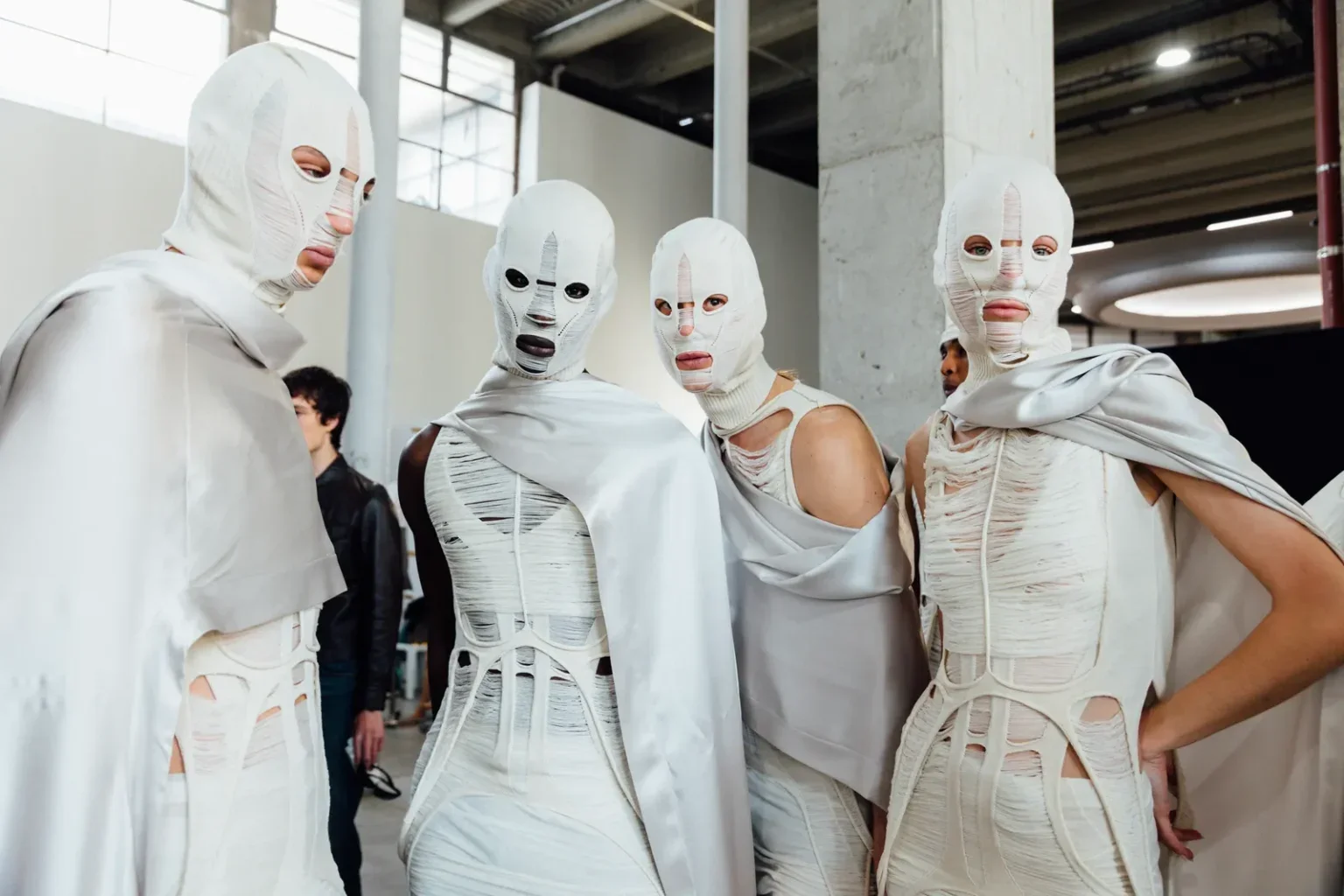“RICK OWENS: TEMPLE OF LOVE” EXHIBITION AT PARIS FASHION WEEK 2025
The innovative journey of avant-garde fashion designer Rick Owens is finally being recognised in the spotlight it deserves with his very first Parisian exhibition, “Temple of Love”, set to take place at the Palais Galliera from 28th June 2025- 4th January 2026. The exhibition will be open from 10am-6pm daily, with late openings on Fridays until 9pm. One gallery room is noted to contain explicit works and may not be suitable for younger audiences. However, it’s the perfect event for anyone who wants to see an exhibition which isn't just a retrospective of a designer’s work but breathes life into the present moment, fashionising protest, striving for acceptance and reflecting on what it means to create, to love, and to exist in a world that often resists difference.
“Temple of Love” extends far beyond the museum walls. Owens’ artistic direction, alongside the Palais Galliera’s curation, aestheticises the entire space: the façade of the museum is wrapped in sequinned fabric, while in the garden stands thirty brutalist-style cement sculptures surrounded by Californian vines and plants, reflecting both Owens own beginnings and iconoclastic, architectural influences.
Rick Owens was born in California, 1961, and began in Los Angeles as a patternmaker for Michèle Lamy – who’d go from business to life partner – Owens repurposed humble materials such as jerseys, military canvas, and leather into Hollywood-glamorous yet gothic “glunge” garments.
Long before sustainable fashion design became more mainstream, Owens challenged the notions of luxury, utilising muted palettes like his signature grey tone, “dust”. In 2003, Owens relocated from LA to Paris, where he has lived ever since.
His runway shows have repeatedly subverted norms and confronted ideas of gender, race, and power. In “Vicious” (Spring/Summer 2014), he replaced traditional models with African-American step-dance teams whose powerful choreography transformed the catwalk into a statement of resistance. In “Sphinx” (Autumn/Winter 2015), models carried one another strapped to their bodies like living sculptures, critiquing relationship hierarchies and objectification in the fashion industry. Owens’ sculptural silhouettes, too, transcend gender binaries, merging draped tunics, skirts, and gowns for all bodies.
A call to action, a call to more vulnerability and acceptance runs throughout Rick Owens’ entire career, and “Temple of Love” channels these ideas through its artefacts and atmosphere. Conceived by Owens as a “temple of creation,” the exhibition honours his process through more than 100 silhouettes inspired by 1930s glamour, underground subcultures, haute couture, and punk rock. While the influences are wide-ranging, the silhouettes remain united through their bold experimentation. The world surrounding Owens is further illuminated through works by Gustave Moreau, Joseph Beuys, and Steven Parrino, offering context for the designer’s artistic influences. While, personal documents, films, and never-before-seen installations provide a more intimate view of his creative universe.
Perhaps the most personal element of the exhibition is the recreation of the California bedroom, Owens shared with his wife Michèle Lamy, emphasising the enduring influence she has on his work. The inclusion of their private space underscores the exhibition’s vulnerability. “Temple of Love” is a meditation where visitors are allowed to explore both his work and life because as is often the case, the two are irrefutably intertwined.
Written by Ben Lynch (@Ben_Lynch__)
Edited by Alex Kelleher (@alex_kelleher_)


